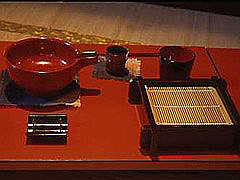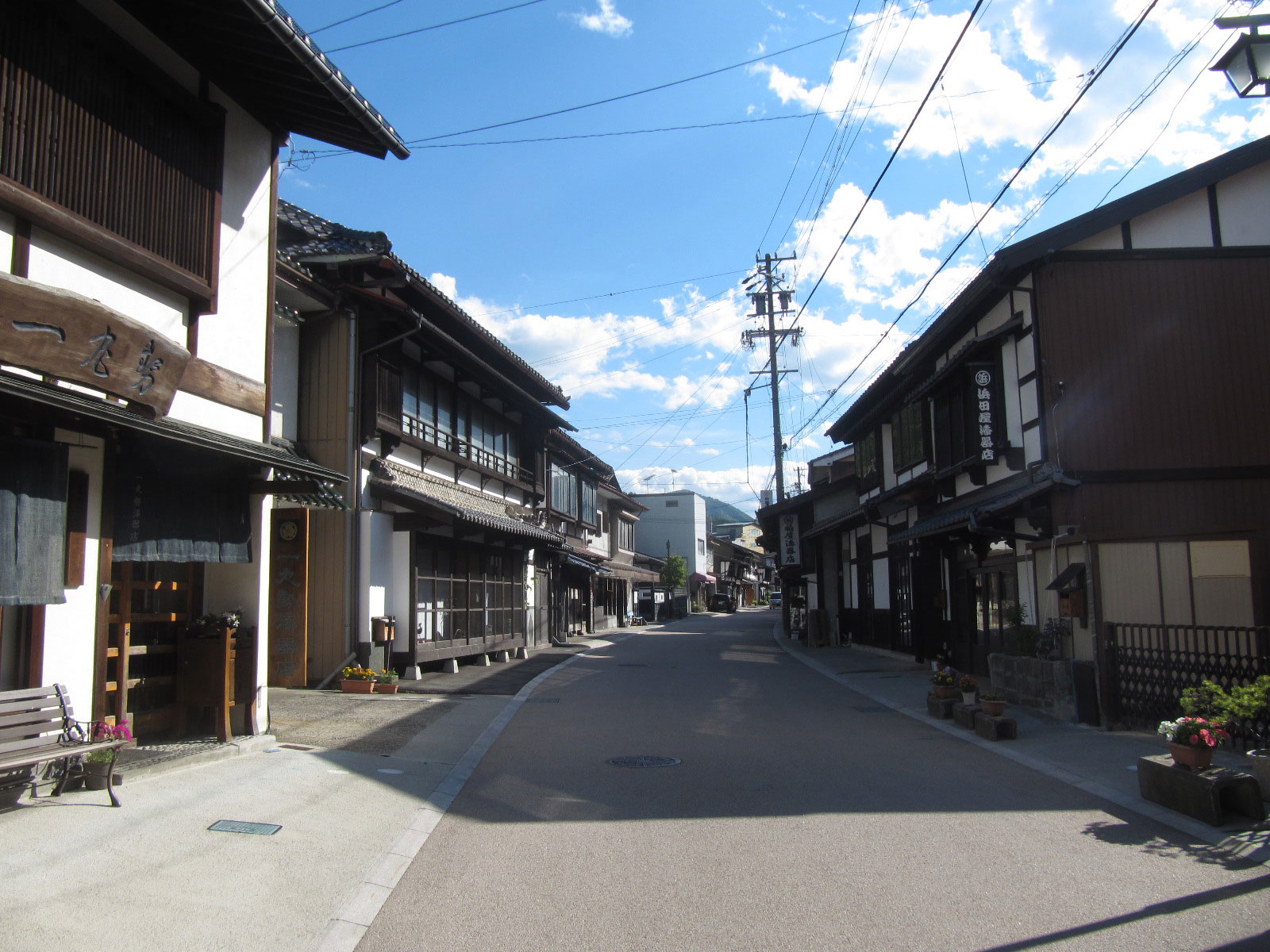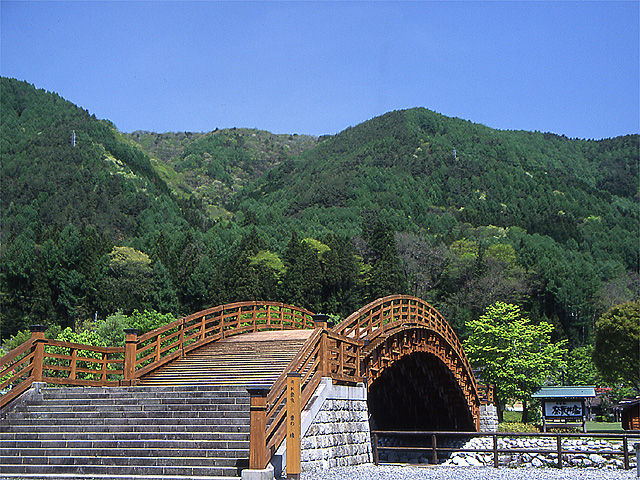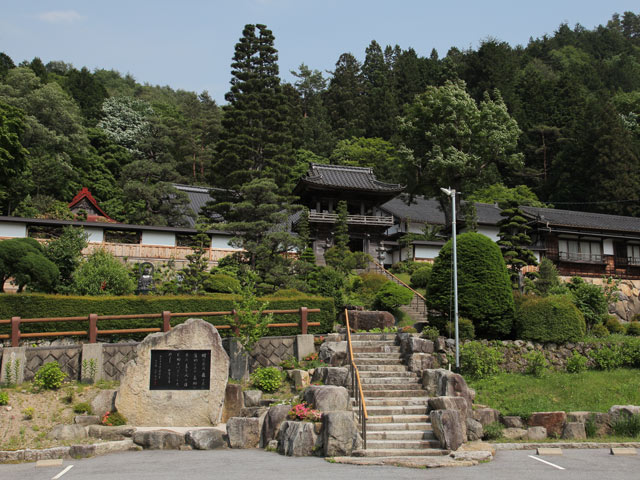
Doris Lake
Midoriko is an artificial lake located east of JR Midoriko Station, also known as the Herabna Fishing Mecca.
Info
Spot Category

木曽漆器の数々

木曾平沢の街並み
The information provided reflects the details available at the time of the survey.
Please note that facility details may change due to the facility’s circumstances, so please check for the latest information before visiting.
This content has been translated using machine translation.
Information provided by: JTB Publishing
The content uses an automatic translation service, which is not always accurate.
The translated content may be different from the original meaning, so please understand and use it.

Midoriko is an artificial lake located east of JR Midoriko Station, also known as the Herabna Fishing Mecca.

Narai's traditional crafts, painted combs, which have been touted by travelers since the time of the post hall, are hand-made by their masters in the old-fashioned way of making them. The painted comb 5000 yen ~, which is brilliantly colored with original patterns such as butterflies, flowers, rice ears, and waves, is carefully painted and finished individually one by one. In addition, lacquer kanzashi 4000 yen ~ also has a beautiful delicate stripe pattern.

The taiko-shaped bridge built over the Narai River in 1991 is a luxurious sōki-style bridge made of natural wood that is more than 300 years old. It is one of the largest wooden bridges in Japan without piers, with a length of 33m, a width of 6.5m and a height of 7m above the water. It is lit up after sunset from early April to early November, and the appearance of rising to the darkness of the night is also fantastic and beautiful. The area around the bridge has a waterside park as a place to relax, and it has become a tourist spot.

An ancient temple of the Rinzai sect, located on a high ground overlooking the townscape. Kaesan was in the year of Meiyo 9 (1500). In Kyoho 10 (1725), the main hall, which was erected by the Hayashi family, includes the Uguisu-tsuku corridor, the Yamaoka Tetsushu flat-profile, and the Owari Tokugawa family's basket. The back of the back [kuri] next to the main hall houses a basket with a car devised by the priest in the Tenpo years. In the shrine under the entrance stone steps, Enmei Jizo, which is said to save women, is celebrated. As the festival approaches in April, the stone gets wet at night due to the temperature difference between day and night. The Honson Yakushi Nyorai was by a Buddhist master, Kiyama, of Gyeongsang 4 (1599). Chubu 49 Yakushi No. 21.

The ancient temple of the Rinzai Myoshin-ji school, which is lined with the main temple and the Jōō-dō and the bell-roomon. It is said to be about 700 years ago, but was rebuilt in Kyoho 11 (1726) after it was destroyed by fire. The gardens are well-maintained, and the flowers of the four seasons add color. The main hall was rebuilt in 2018 for aging.

Natural wood of cypress and cedar thrives on the grounds. The four shrines (important cultural property) of Kumano, Izu, Hakusan, and Zao, which are about 1m away from the side where the bills of the first year of Kenbu (1334) remain inside the Okiya in Ishigaki (Oiya). All of them are considered to be the oldest Kamakura architecture in Nagano Prefecture, which is characterized by the roof of Ichikensha style cypress skin. The entrance with the inscription of 1439 was left behind, indicating that it was the center of the culture of Kiso Valley.
This website uses cookies so that we can provide you with the best user experience possible. Cookie information is stored in your browser and performs functions such as recognising you when you return to our website and helping our team to understand which sections of the website you find most interesting and useful.
Strictly Necessary Cookie should be enabled at all times so that we can save your preferences for cookie settings.
If you disable this cookie, we will not be able to save your preferences. This means that every time you visit this website you will need to enable or disable cookies again.
